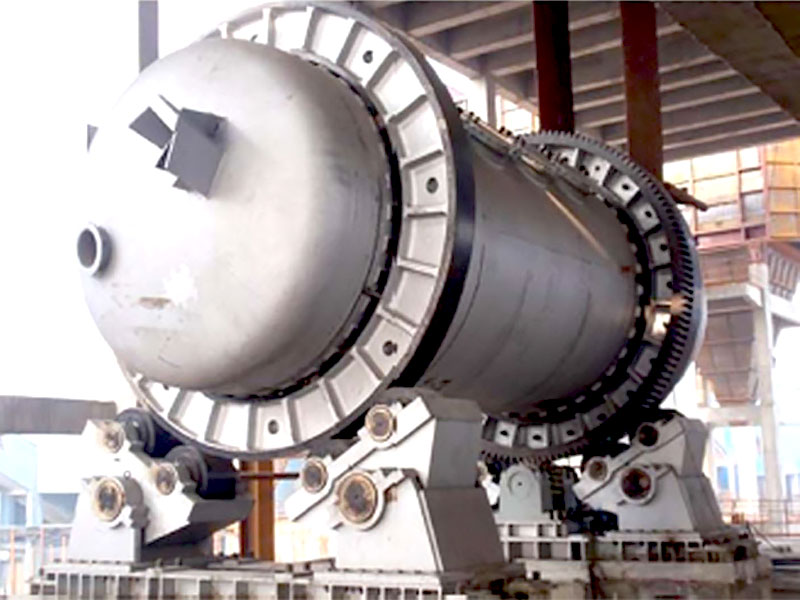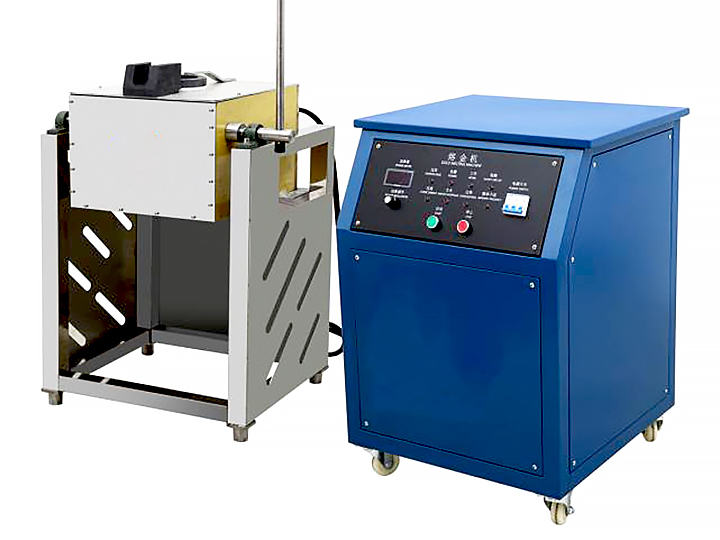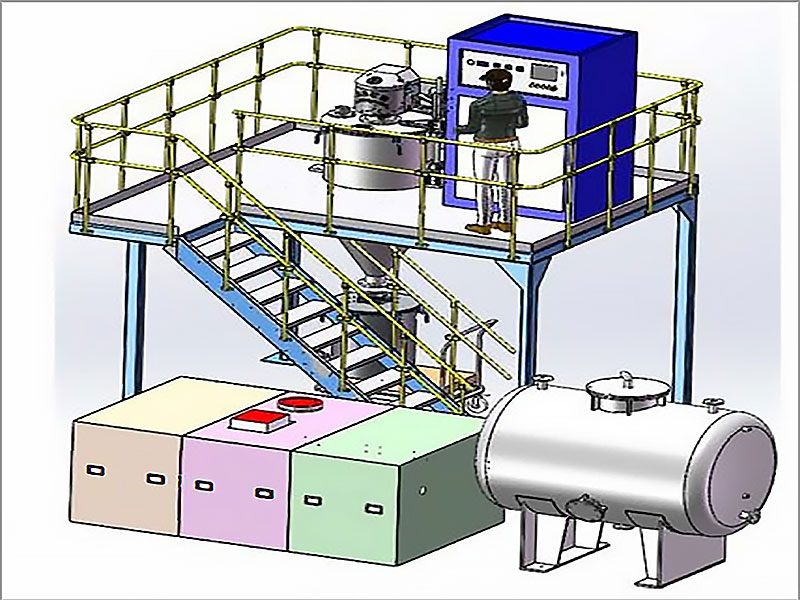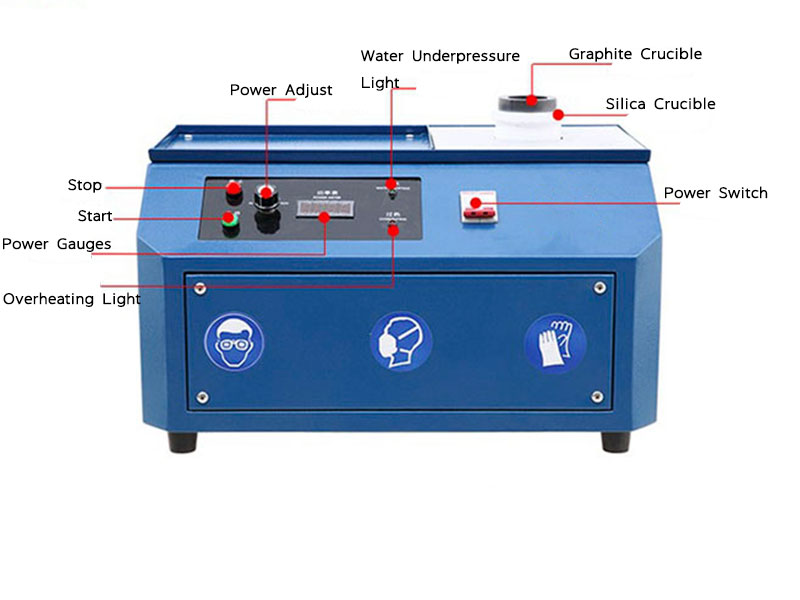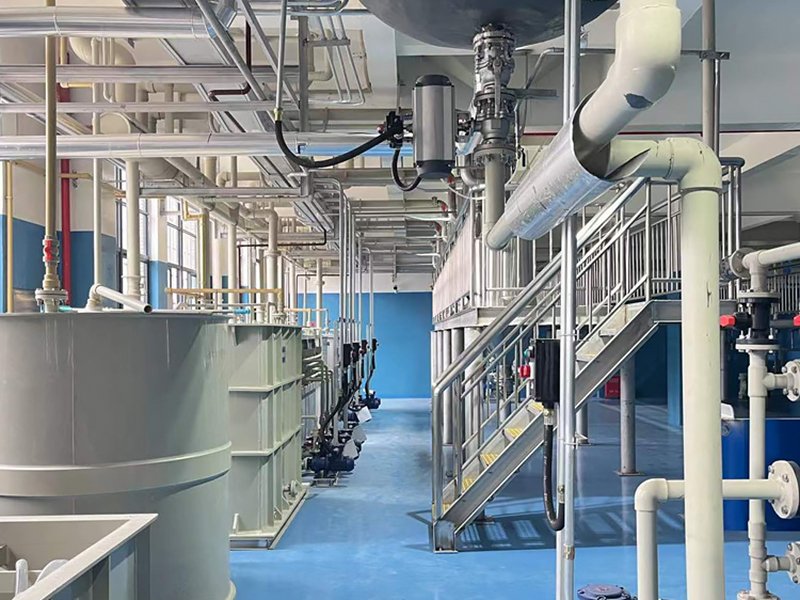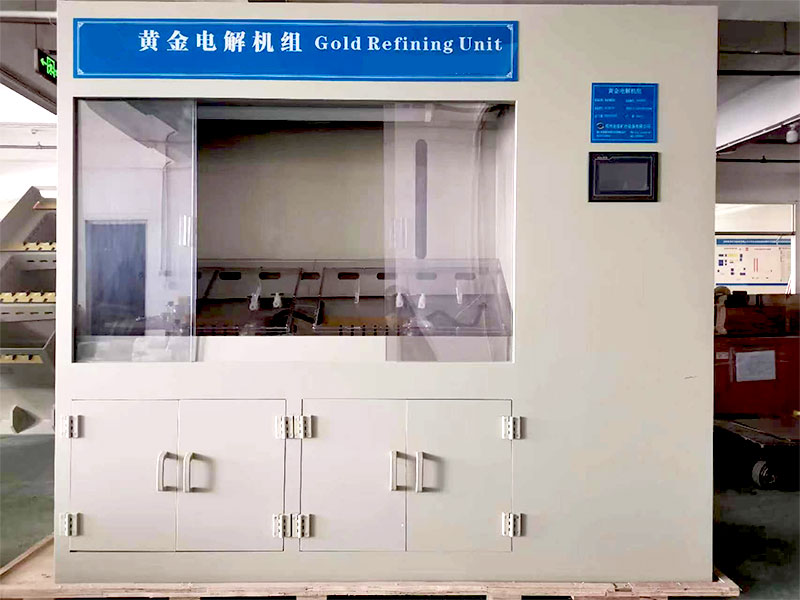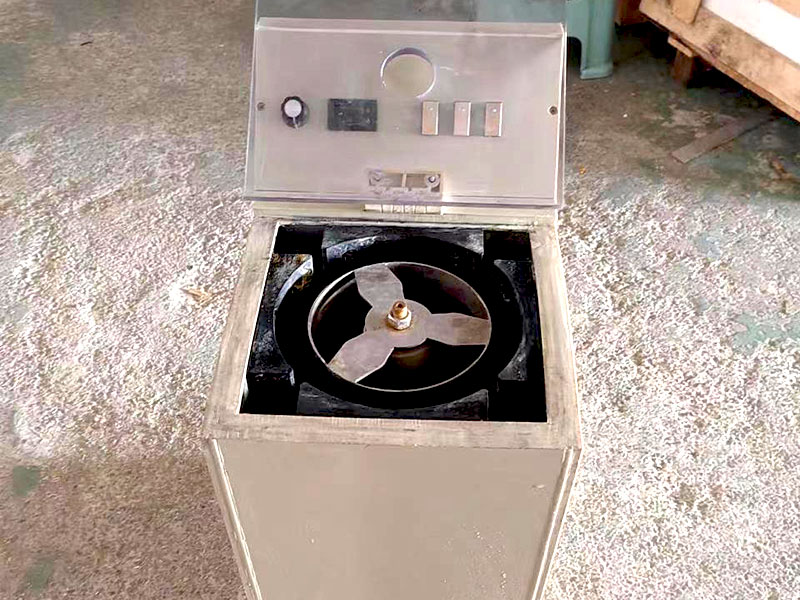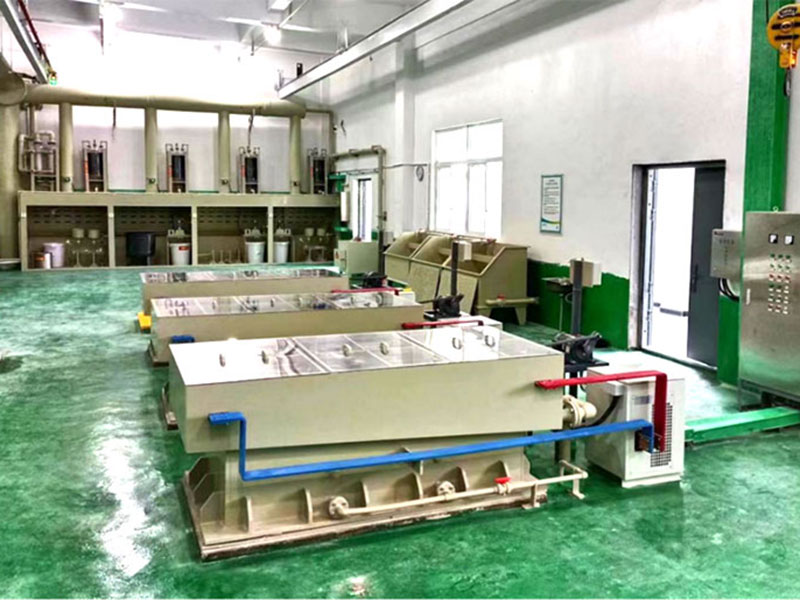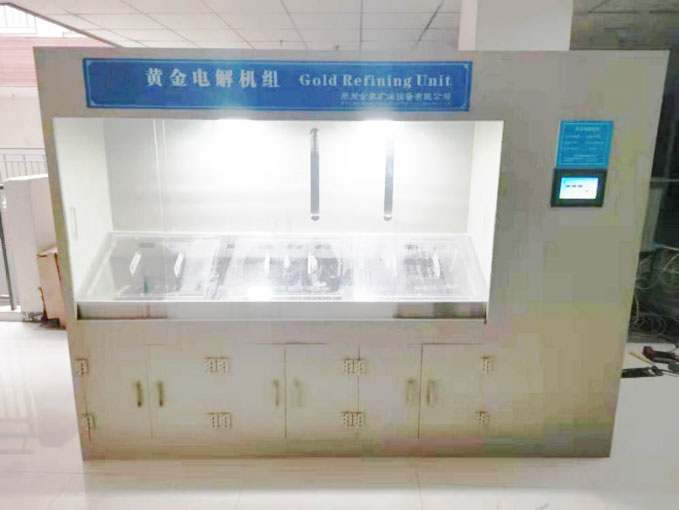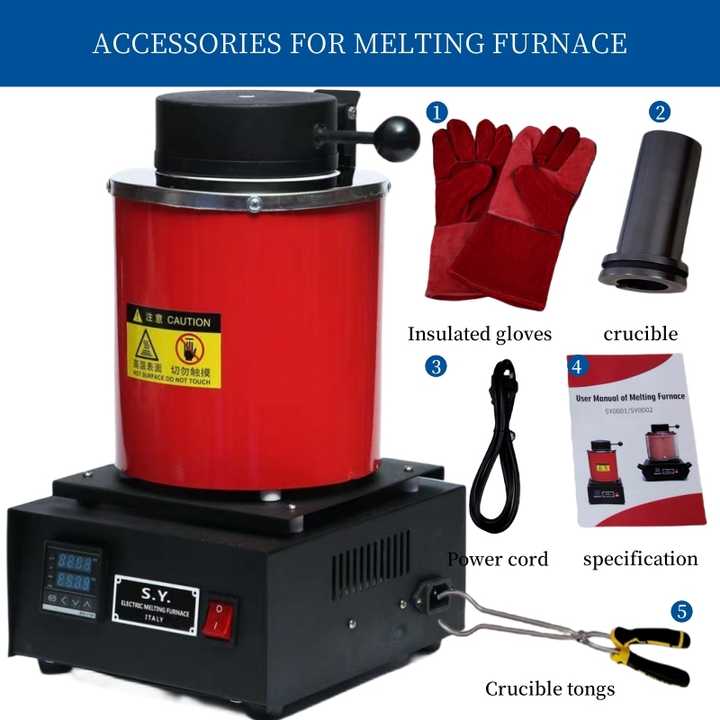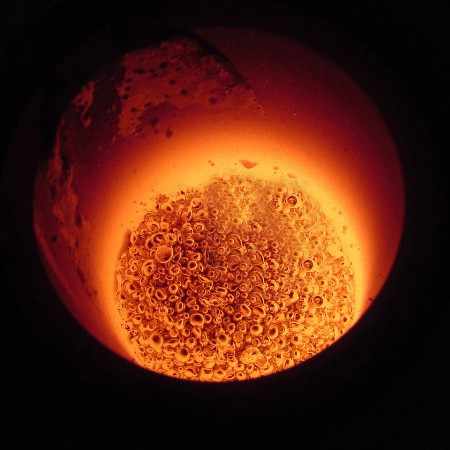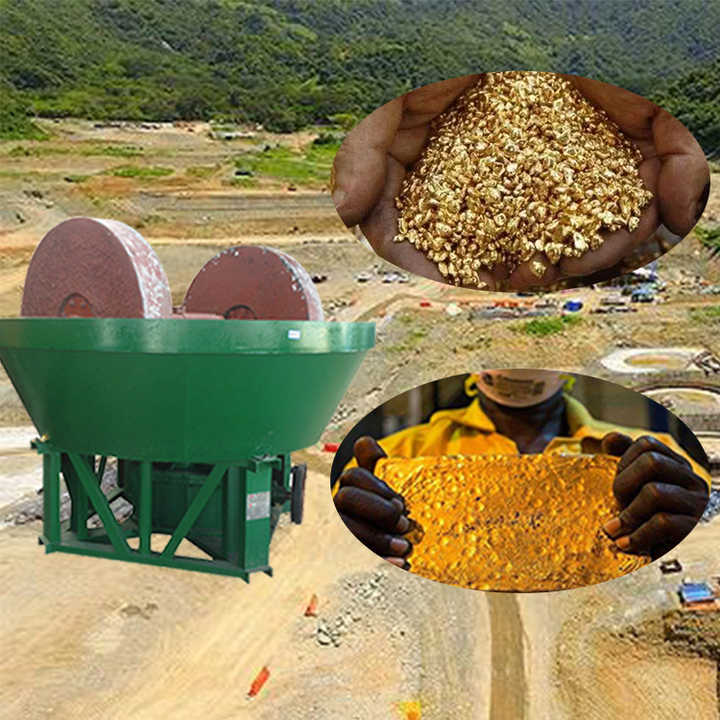borax in gold smelting
The Role of Borax in Gold Smelting
Gold smelting is a process that transforms raw gold ore or scrap into pure, usable gold. Among the various tools and techniques used in this process, one material that plays a crucial role is borax. Often overlooked, borax is a key ingredient that helps make the smelting process more efficient and effective. In this article, we will explore the role of borax in gold smelting, how it works, and why it is essential for both hobbyists and professionals involved in gold extraction.
What is Borax?
Borax, also known as sodium borate, is a white powdery substance that is commonly used in household cleaning products and laundry detergents. However, its uses go far beyond cleaning; borax has been used for centuries in metallurgy, particularly in the smelting of precious metals like gold. It acts as a flux, a substance that helps facilitate the melting process by lowering the melting point of gold and assisting in the removal of impurities.
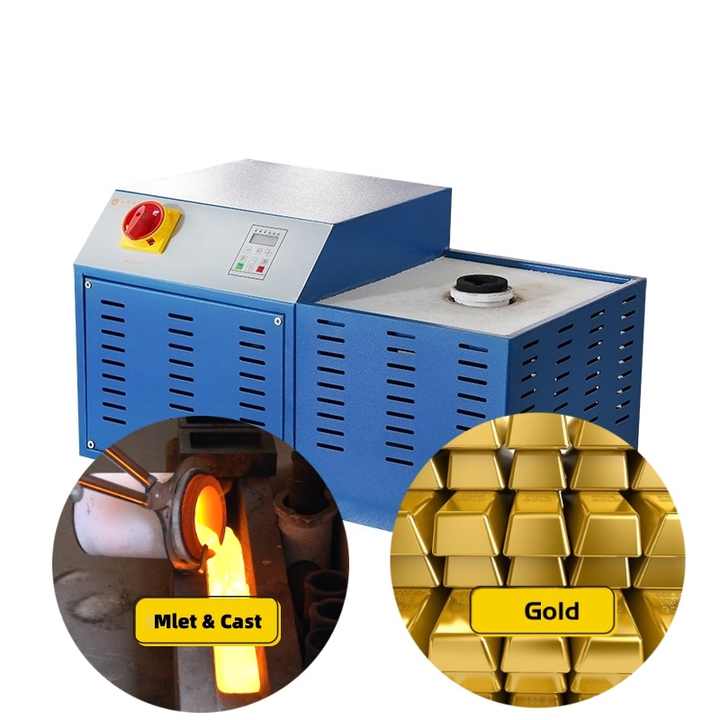
How Borax Works in Gold Smelting
When gold ore or scrap is smelted, it contains not only gold but also impurities like dirt, other metals, and non-metallic elements. These impurities need to be separated from the gold to obtain a pure final product. This is where borax in gold smelting becomes invaluable.
Lowering the Melting Point
Gold has a high melting point of 1,064°C (1,947°F). While furnaces can reach these temperatures, borax can significantly reduce the amount of heat required by lowering the melting point of the materials. When borax is added to the crucible or furnace, it creates a chemical reaction that allows the gold to melt at lower temperatures. This makes the smelting process more energy-efficient and easier to control.
Acting as a Flux
As a flux, borax in gold smelting helps in the separation of gold from other materials. It binds with the impurities present in the gold ore or scrap, such as other metals, dirt, and non-metallic substances, to form a slag. This slag floats on the surface of the molten gold and can easily be skimmed off. By doing so, borax enables the smelter to isolate pure gold from its surrounding contaminants, ensuring a higher purity of the final product.
Improving Smelting Efficiency
Another benefit of using borax in gold smelting is that it increases the efficiency of the smelting process. With a lower melting point and the ability to remove impurities, smelting time is reduced. This allows for quicker processing of gold ore or scrap, making it ideal for both small-scale operations and large industrial processes. Additionally, borax helps to protect the gold from oxidation, preventing valuable material from being lost during the smelting process.
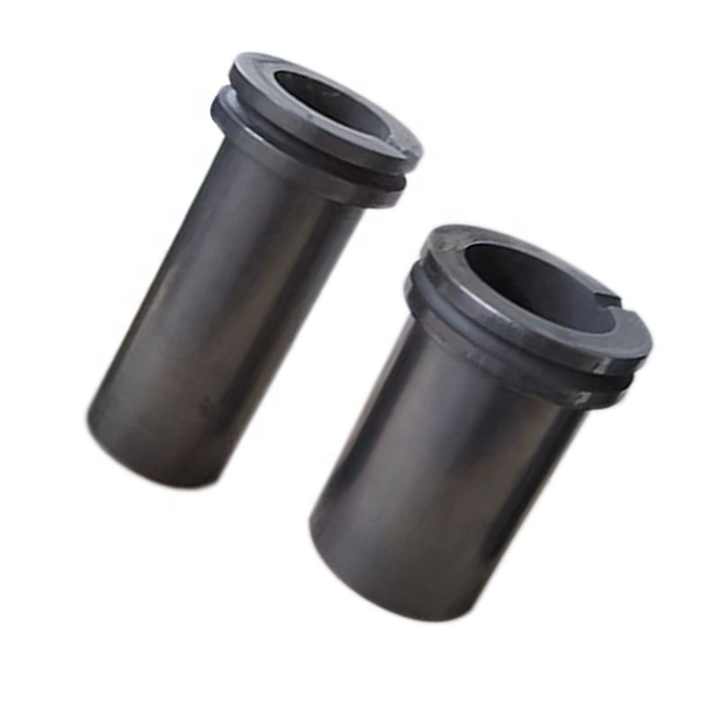
Using Borax in Different Smelting Scenarios
Small-Scale Gold Smelting
For hobbyists or small-scale miners, borax in gold smelting is an accessible and effective method for extracting gold. Unlike other chemical agents like cyanide or mercury, borax is non-toxic, making it a safer alternative for individuals working in non-industrial settings. Many small-scale gold miners use borax as a key ingredient in their smelting process due to its availability and ease of use.
Industrial Gold Smelting
In large-scale industrial gold smelting, borax is also commonly used to improve the efficiency and quality of the smelting process. When dealing with large volumes of gold ore, the removal of impurities is critical to producing high-purity gold. By incorporating borax into the smelting process, companies can ensure that they are obtaining the purest gold possible while also reducing energy costs and processing times.
The Environmental Benefits of Using Borax
One of the key advantages of borax in gold smelting is its environmental impact. Traditional methods of gold extraction often involve the use of toxic chemicals like mercury and cyanide, which can pose serious environmental and health risks. Borax, on the other hand, is a much safer alternative, as it is non-toxic and biodegradable. By using borax in the smelting process, both small-scale and industrial gold producers can minimize the harmful effects associated with gold mining and extraction.
Additionally, borax reduces the amount of fuel needed to reach the high temperatures required for gold smelting. This translates into lower energy consumption and fewer emissions, making it a more sustainable choice in the long run.
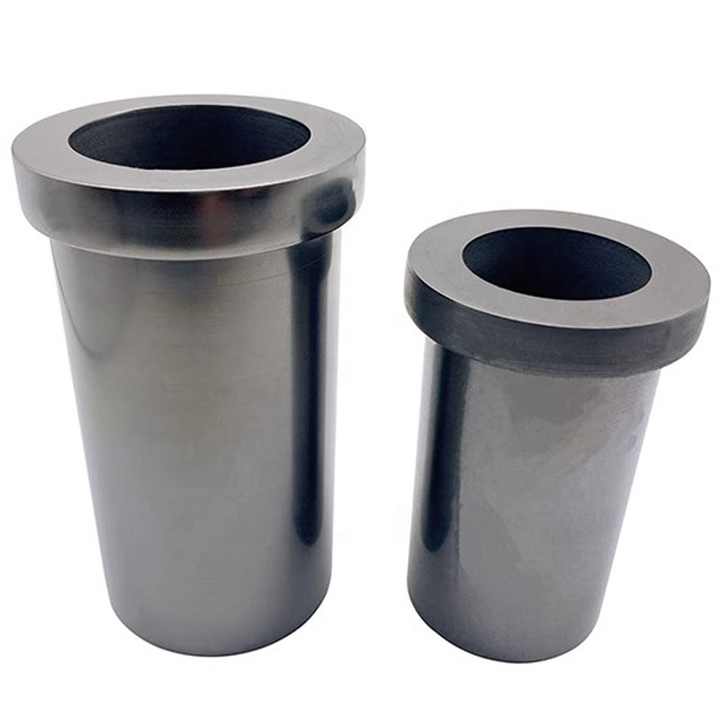
Step-by-Step Guide to Using Borax in Gold Smelting
If you’re interested in trying borax in gold smelting for yourself, here’s a simple guide to get started:
- Prepare the Gold Scrap or Ore: Gather your gold-bearing material, ensuring it is free of any large contaminants. Crush the ore or scrap to a manageable size for easier processing.
- Heat the Furnace or Crucible: Set up your furnace or crucible and begin heating it to the desired temperature, typically around 1,000°C to 1,200°C, depending on your setup.
- Add Borax: Once the gold begins to melt, slowly add borax to the mixture. You should add enough borax to cover the surface of the gold, but not so much that it overflows the crucible.
- Skim Off Impurities: As the borax binds with the impurities, you will notice a slag forming on the surface of the molten gold. Use tongs to carefully skim off the slag, removing it from the crucible.
- Pour the Refined Gold: After removing the slag, you will be left with molten gold. Pour it into a mold to cool and solidify. Once cool, you will have a bar or ingot of pure gold.
Borax in gold smelting is an essential tool for anyone involved in the process of refining or extracting gold. It simplifies the smelting process by lowering the melting point of gold, acting as a flux to remove impurities, and improving the overall efficiency of the process. Whether you’re a hobbyist or a professional, using borax in your smelting setup can help you produce higher-quality gold while reducing the environmental impact of your operation. As an affordable and non-toxic alternative to other chemicals, borax remains a popular choice for those looking to smelt gold in a safe and efficient manner.

